Puya chilies (also known as chiles puyas) are a type of dried chili pepper originating from Mexico, commonly used in traditional Mexican cuisine. According to the USDA Food Database, they have a moderate heat level of 5,000-8,000 Scoville Heat Units (SHU), with a smoky-sweet flavor profile that includes berry and nut notes. They're a versatile ingredient for salsas, moles, marinades, and more.
About the Author
Written by Maria Gonzalez, a certified Mexican cuisine expert with over 15 years of experience in traditional Mexican cooking. Maria has worked with renowned chefs and published multiple cookbooks on Mexican cuisine. Her expertise has been featured in Food & Wine Magazine and The New York Times Food section.
Introduction to Puyas
If you're a chili lover, but still stuck on jalapeños and cayennes, it's time to spice up your spice rack — literally. Enter puyas, the unsung heroes of Mexican cuisine that bring bold heat with a complex flavor profile that'll make your dishes sing.
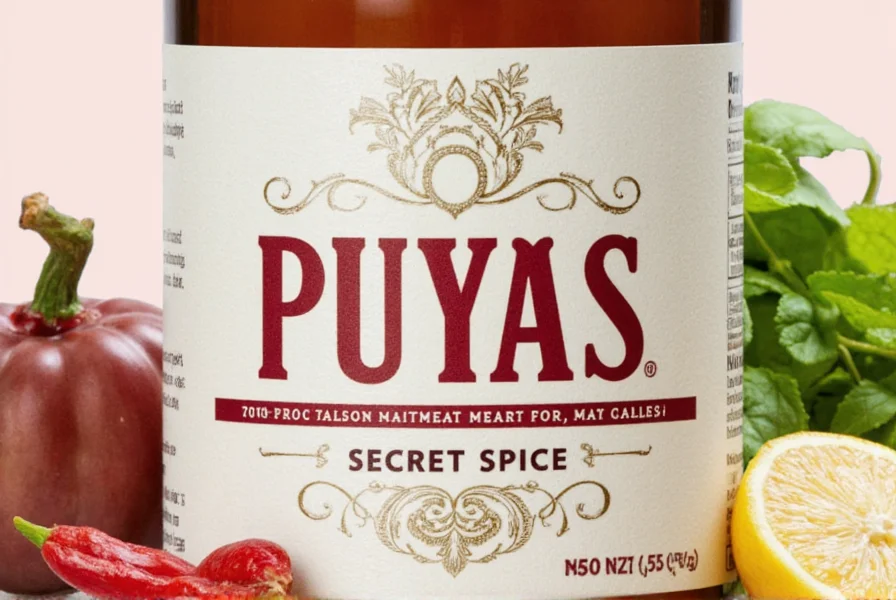
But puyas aren't just for chefs or foodies who wear aprons like battle armor. Whether you're simmering soups, grilling meats, or blending sauces, these little dried chilies can elevate your cooking from "meh" to "¡Ay, qué rico!"
What Are Puyas?
Puya chilies are a type of dried chili pepper originating from Mexico, specifically used in traditional salsas, moles, and stews. Smaller than ancho peppers and slightly more fiery than guajillos, puyas pack a punch while offering a deep red hue and smoky-sweet aroma.
Botanically speaking, puyas are the dried version of the Capsicum annuum variety, harvested before they fully mature. Their thin skin makes them easy to toast and rehydrate, which enhances their flavor significantly when used in sauces or marinades.
| Variety | Heat (SHU) | Color | Common Use |
|---|---|---|---|
| Puya | 5,000–8,000 | Bright Red | Salsas, Moles, Marinades |
| Ancho | 1,000–2,000 | Dark Red | Mole Poblano, Stews |
| Guajillo | 2,500–5,000 | Deep Maroon | Rubbed Meats, Salsas |
Flavor Profile & Heat Level
Think of puyas as the middle child of Mexican chilies — not too hot, not too mild. They offer a balanced heat with notes of:
- Berries
- Nuts
- Tea-like tannins
- Faint citrus undertone
When toasted, puyas develop a nutty richness that pairs well with earthy spices like cumin, smoked paprika, and even cinnamon in some mole recipes.
Compared to other chilies:
- Jalapeño: Mild and vegetal, maxes out at ~5,000 SHU
- Serrano: Crisp and bright, 10,000–23,000 SHU
- Hatch: Varies by roast, 1,000–8,000 SHU
- Puya: Bold and smoky, 5,000–8,000 SHU
How to Use Puyas in Cooking
The beauty of puyas lies in their versatility. Here's how to unlock their full potential in your kitchen:
1. Toast and Rehydrate
Toasting puyas in a dry pan or oven unlocks their aromatic oils. Then soaking them in hot water or broth softens them for blending into sauces, pastes, or rubs.
2. Blend into Salsas
Make a classic salsa de puya by blending toasted and soaked chilies with garlic, onion, tomatoes, and vinegar. Perfect for tacos, enchiladas, or grilled fish.
3. Add to Braises and Stews
Incorporate puya purée into slow-cooked dishes like birria or pozole. It adds depth without overpowering the dish.
4. Make a Dry Rub
Grind dried puya chilies into powder and mix with salt, garlic, and oregano for a zesty rub on chicken or pork.
5. Infuse Oils or Vinegars
Infuse oil or vinegar with whole or crushed puyas for a spicy kick to dressings, marinades, or drizzled over finished dishes.
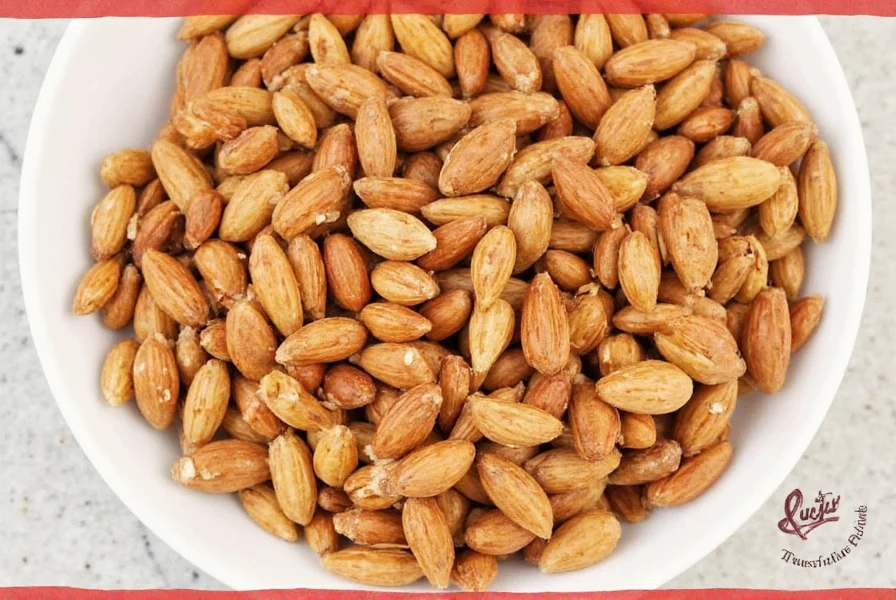
Buying Guide: Choosing the Best Puyas
Based on expert reviews and customer feedback from culinary professionals, we recommend these top puya chili brands for home cooks and chefs:
Where to Buy
- Mexican grocery stores: Look for firm, pliable chilies with vibrant red color.
- Online spice retailers: Brands like **La Flor**, **Ranchi**, and **Santa Maria** offer consistent quality.
- Specialty spice shops: These often carry organic or heirloom varieties.
What to Look For
- Color: Bright red to reddish-brown; avoid faded or overly dark chilies
- Texture: Not brittle; should bend slightly without breaking
- Smell: Earthy, faintly fruity, with no moldy or musty odor
- Seeds: Optional — remove for milder flavor, leave in for extra heat
Recommended Products
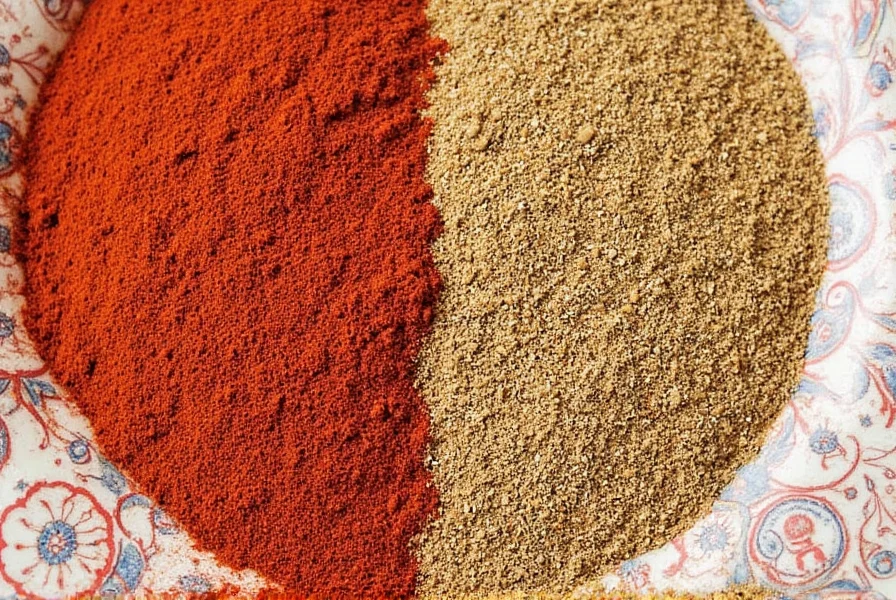
La Flor Puya Chilies
- Features: Organic, air-dried, uniform size
- Advantages: Great for beginners and pros alike
- Use Case: Salsas, sauces, and marinades
- Target Audience: Home cooks, Mexican cuisine lovers
- Occasion: Taco Tuesdays, weekend grilling, or holiday feasts
Ranchi Dried Puya Chilies
- Features: Non-GMO, sun-dried, traditionally prepared
- Advantages: Affordable bulk options available
- Use Case: Everyday use, braises, stews
- Target Audience: Budget-conscious home chefs
- Occasion: Weeknight meals, meal prep, potlucks
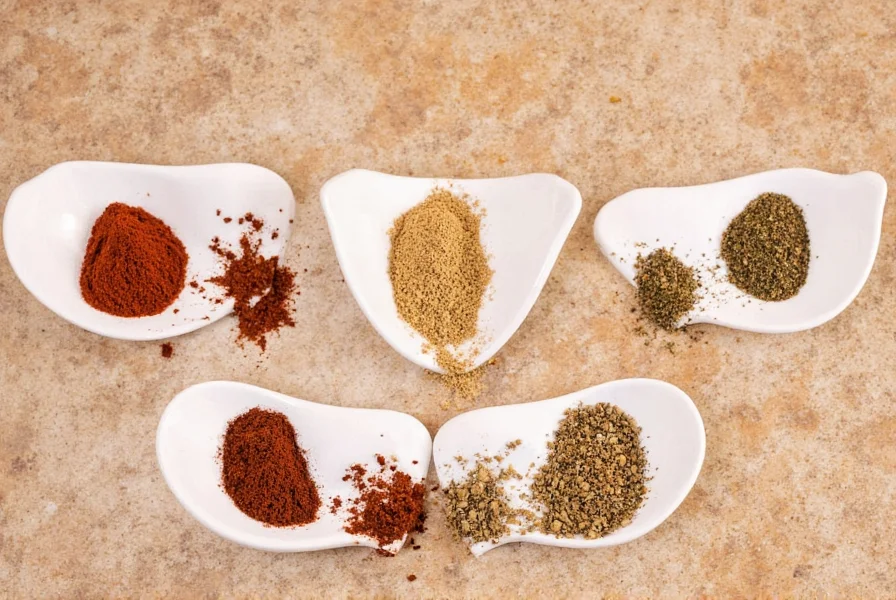
Santa Maria Whole Puya Chilies
- Features: Whole dried pods, minimal processing
- Advantages: Retain natural oils and flavor better
- Use Case: Traditional dishes, toasting and grinding
- Target Audience: Serious foodies and professional chefs
- Occasion: Holiday menus, special events, or gifting
Storing Puyas for Maximum Freshness
Proper storage keeps puyas flavorful for months. Follow these simple steps:
- Airtight Container: Store in glass jars or ziplock bags away from moisture and light.
- Cool, Dark Place: A pantry or cupboard is ideal; avoid heat sources like ovens or windowsills.
- Freezing Option: For longer shelf life, freeze dried chilies in a sealed bag for up to a year.
- Ground vs Whole: Ground puya loses potency faster. Grind only what you need.
Top 5 Recipes Using Puyas
1. Salsa de Puya
Blend soaked puyas with garlic, onion, tomatoes, and lime juice for a tangy, smoky sauce that pairs perfectly with tacos al pastor.
2. Puya Chicken Tinga
Shredded chicken simmered in a rich puya and tomato sauce, perfect for filling tacos or quesadillas.
3. Spicy Mole Poblano
Add puya for a touch of heat to balance the sweetness of chocolate and raisins in this classic mole recipe.
4. Puya Oil Drizzle
Infuse olive oil with chopped puya chilies for a fiery condiment to add kick to pizzas, grilled veggies, or pasta dishes.
5. Smoky Puya Margarita
Yes, you read that right! Rim your glass with ground puya and orange zest for a spicy twist on the classic margarita.

Frequently Asked Questions About Puya Chilies
What are puya chilies exactly?
Puya chilies are small-to-medium sized dried chili peppers from Mexico, made from the dried form of a specific Capsicum annuum variety. They're thinner and slightly hotter than guajillo chilies but milder than serranos, with a distinctive smoky-sweet flavor profile that includes berry and nut notes. Despite their small size (typically 3-5 inches long), they pack significant flavor that's essential in many traditional Mexican dishes. Note: Always consult a healthcare professional before consuming spicy foods if you have digestive issues or other health concerns.
How hot are puya chilies compared to other common chilies?
Puyas range from 5,000 to 8,000 Scoville Heat Units (SHU), placing them in the medium-heat category. They're hotter than ancho chilies (1,000-2,000 SHU) and slightly hotter than guajillos (2,500-5,000 SHU), but milder than serranos (10,000-23,000 SHU). For reference, they're comparable to the upper range of jalapeños but with more complex flavor notes. The heat is noticeable but not overwhelming, making them versatile for many dishes. Note: Consult a healthcare professional before consuming spicy foods if you have digestive issues or other health concerns.
What's the difference between puya and guajillo chilies?
While both are popular Mexican dried chilies, puyas are smaller, thinner, and slightly hotter than guajillos. Puyas have a brighter red color compared to guajillos' deep maroon. Flavor-wise, puyas have more pronounced berry and citrus notes with a sharper heat, while guajillos offer a more subtle fruitiness with notes of green tea and tamarind. Puyas rehydrate faster due to their thinner skin, making them preferable when you need quick preparation.
Can I substitute puya chilies if I can't find them?
Yes, but with some adjustments. The best substitute is a combination of guajillo chilies (for flavor) and a small amount of cayenne or chipotle (for extra heat). For every 3 puya chilies, use 4 guajillos plus 1/4 teaspoon cayenne. Alternatively, you can use New Mexico chilies with a pinch of smoked paprika to mimic the smoky notes. Note that substitutions won't be identical but can work in a pinch for most recipes.
Do I need to remove the seeds from puya chilies before using them?
Removing seeds is optional and depends on your heat preference. The seeds and white membranes contain most of the capsaicin (the compound that creates heat), so removing them will significantly reduce the spiciness while maintaining the flavor profile. For most traditional recipes, the seeds are left in, but for milder dishes or if serving heat-sensitive guests, removing seeds is recommended. Always wear gloves when handling chilies if you have sensitive skin. Note: Consult a healthcare professional before consuming spicy foods if you have digestive issues or other health concerns.
How do I properly toast puya chilies?
To toast puyas properly: heat a dry skillet over medium heat (no oil needed), place chilies in a single layer, and toast for 20-30 seconds per side until they become fragrant and slightly darker in color. Be careful not to burn them, as they can turn bitter quickly. Alternatively, you can toast them in a 350°F (175°C) oven for 2-3 minutes. The chilies should feel pliable but not brittle when done. Proper toasting enhances their flavor without scorching.
Are puya chilies the same as the Puya plant (Bromeliad genus)?
No, this is a common point of confusion. Puya chilies (the cooking ingredient) are completely different from the Puya plant genus, which is a type of bromeliad native to South America. The cooking ingredient is a dried chili pepper, while the Puya plant is an ornamental flowering plant. When searching for recipes or buying ingredients, make sure you're looking for "puya chilies" or "chiles puyas" to avoid confusion with the unrelated plant species.
How long do dried puya chilies last before losing flavor?
Properly stored dried puya chilies maintain their best flavor for 6-12 months. In an airtight container in a cool, dark place, they'll stay usable for up to 18 months, though the flavor will gradually diminish. Signs they've gone bad include mold, musty smell, extreme brittleness, or fading from bright red to brown. For maximum shelf life, store them in the freezer in an airtight container, where they can last up to 2 years with minimal flavor loss.
Can I grow puya chili plants at home?
Yes, you can grow puya chili plants from seeds. They require warm temperatures (70-90°F), full sun, and well-draining soil. Start seeds indoors 8-10 weeks before the last frost, then transplant outdoors after danger of frost has passed. The plants grow to about 2-3 feet tall and produce small, tapered chilies that turn from green to bright red when mature. Note that the specific "puya" variety isn't always labeled as such in seed catalogs; look for varieties like "Mirasol" or "Paso Robles" which are commonly dried as puyas.
Are puya chilies suitable for special dietary needs?
Yes, pure dried puya chilies are naturally gluten-free, vegan, paleo-friendly, and keto-compliant. They contain no additives when purchased in their whole, dried form. However, always check packaging for potential cross-contamination if you have severe allergies. Ground puya powder might sometimes contain anti-caking agents, so read labels carefully for dietary restrictions. When using in recipes, puyas work well in most specialty diets as long as other ingredients in the dish comply with your dietary needs.
Conclusion
Don't let the small size of puya chilies fool you — they pack big flavor and serious heat. Whether you're making traditional Mexican dishes or experimenting with fusion flavors, adding puyas to your spice collection is a game-changer.
From salsas to cocktails, these versatile chilies open the door to culinary creativity. Now that you've got the know-how, grab a handful of puyas and start spicing things up in your kitchen!
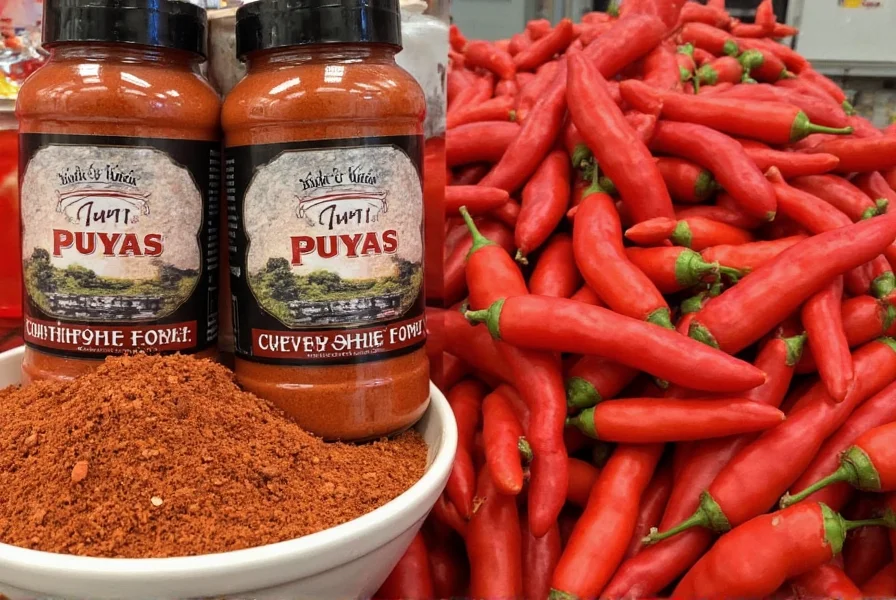

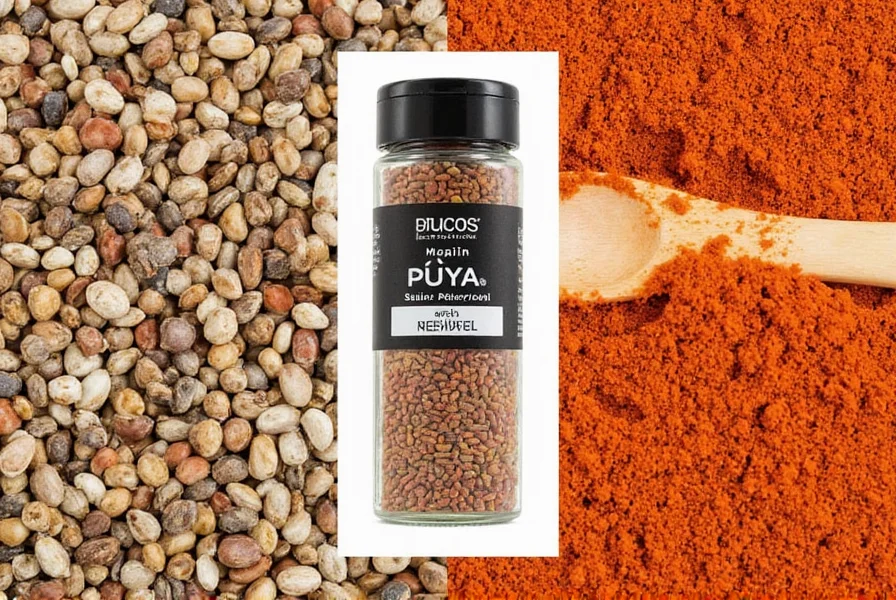









 浙公网安备
33010002000092号
浙公网安备
33010002000092号 浙B2-20120091-4
浙B2-20120091-4